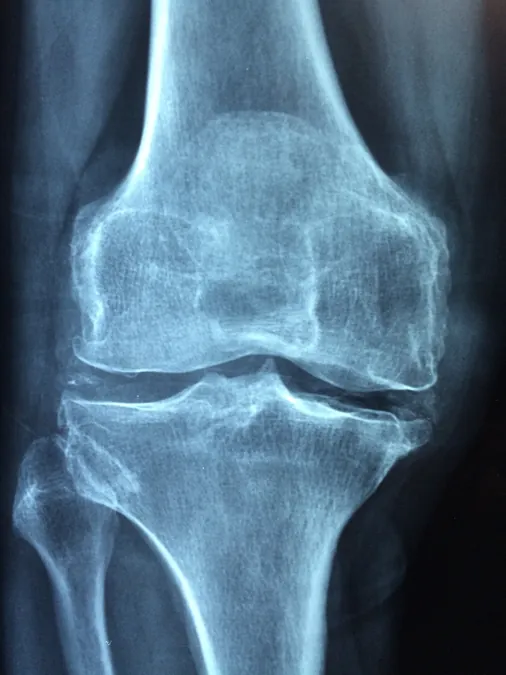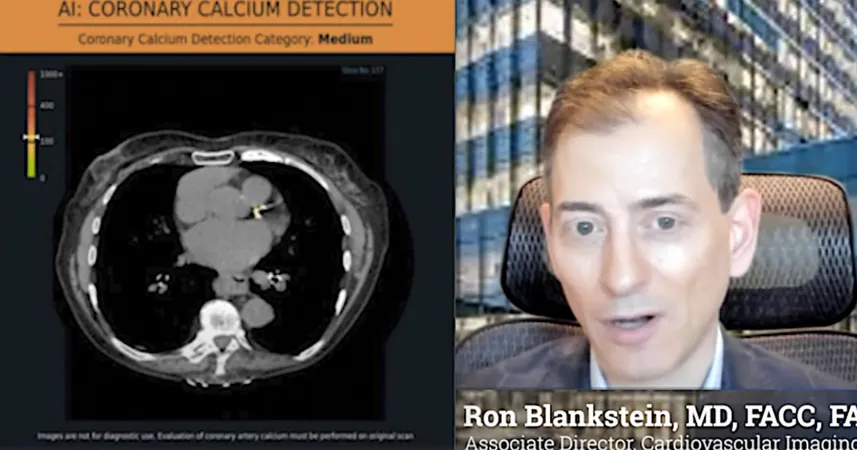
Breakthrough Discovery of Bone-Matured Protein Paves Way for Revolutionary Osteoporosis Treatments!
2024-10-11
Author: John Tan
Scientists have made a significant breakthrough in understanding bone development, identifying a protein that inhibits the maturation of bone-forming cells known as osteoblasts. This finding could be revolutionary for the treatment of osteoporosis and other conditions characterized by insufficient bone formation.
Study Overview
In a recent study published in Communications Biology on October 11, 2024, a team led by Dr. Amy Naylor and Professor Roy Bicknell, alongside Dr. Georgiana Neag from the University of Birmingham, discovered that the protein CLEC14A, present on the endothelial cells of blood vessels in bone, plays a crucial role in blocking osteoblast function. These endothelial cells are essential in transporting immature osteoblasts to areas where bone is needed for growth and repair.
Research Findings
During the research, the team utilized osteoblasts from genetically modified mice that either expressed CLEC14A or did not. When cultured in an induction solution, they found that the osteoblasts from mice without the protein matured within just four days. In contrast, cells exposed to CLEC14A required an additional eight days to reach maturity. Remarkably, by day eighteen, the samples lacking the CLEC14A showed a significant uptick in mineralized bone tissue, highlighting the protein's inhibitory effect.
Expert Commentary
Dr. Naylor emphasized the importance of this discovery, stating, 'Over the past decade, we have identified a specialized type of blood vessel cell within bones, known as type-H cells, which are crucial for guiding osteoblasts to areas requiring bone growth. Our discovery of CLEC14A on these cells deepens our understanding of how endothelial cells regulate bone formation.'
Potential Implications
In light of these findings, Dr. Naylor suggested that targeting CLEC14A could present a new therapeutic strategy for individuals suffering from conditions related to inadequate bone production, such as osteoporosis, chronic inflammatory diseases, and non-healing fractures.
Industry Insights
Lucy Donaldson, the Director for Research & Health Intelligence at Versus Arthritis, highlighted the practical implications of this research. 'Poor bone formation is a major contributor to bone damage in osteoporosis and autoimmune inflammatory arthritis. The repercussions can substantially affect individuals' quality of life, limiting their professional and social engagements,' she said. 'Our hope is that with further research, these findings will lead to innovative treatment strategies that empower individuals affected by musculoskeletal conditions to reclaim control over their lives.'
Conclusion
As this groundbreaking study continues to unravel the mechanisms behind bone formation, the potential for developing new treatments for osteoporosis and related conditions grows ever more promising. Researchers and healthcare providers are optimistic that these insights could soon translate into real-world solutions for millions struggling with bone health issues.
Stay tuned as we follow these exciting developments in the field of bone biology, which may soon alter the landscape of osteoporosis treatment!

 Brasil (PT)
Brasil (PT)
 Canada (EN)
Canada (EN)
 Chile (ES)
Chile (ES)
 España (ES)
España (ES)
 France (FR)
France (FR)
 Hong Kong (EN)
Hong Kong (EN)
 Italia (IT)
Italia (IT)
 日本 (JA)
日本 (JA)
 Magyarország (HU)
Magyarország (HU)
 Norge (NO)
Norge (NO)
 Polska (PL)
Polska (PL)
 Schweiz (DE)
Schweiz (DE)
 Singapore (EN)
Singapore (EN)
 Sverige (SV)
Sverige (SV)
 Suomi (FI)
Suomi (FI)
 Türkiye (TR)
Türkiye (TR)